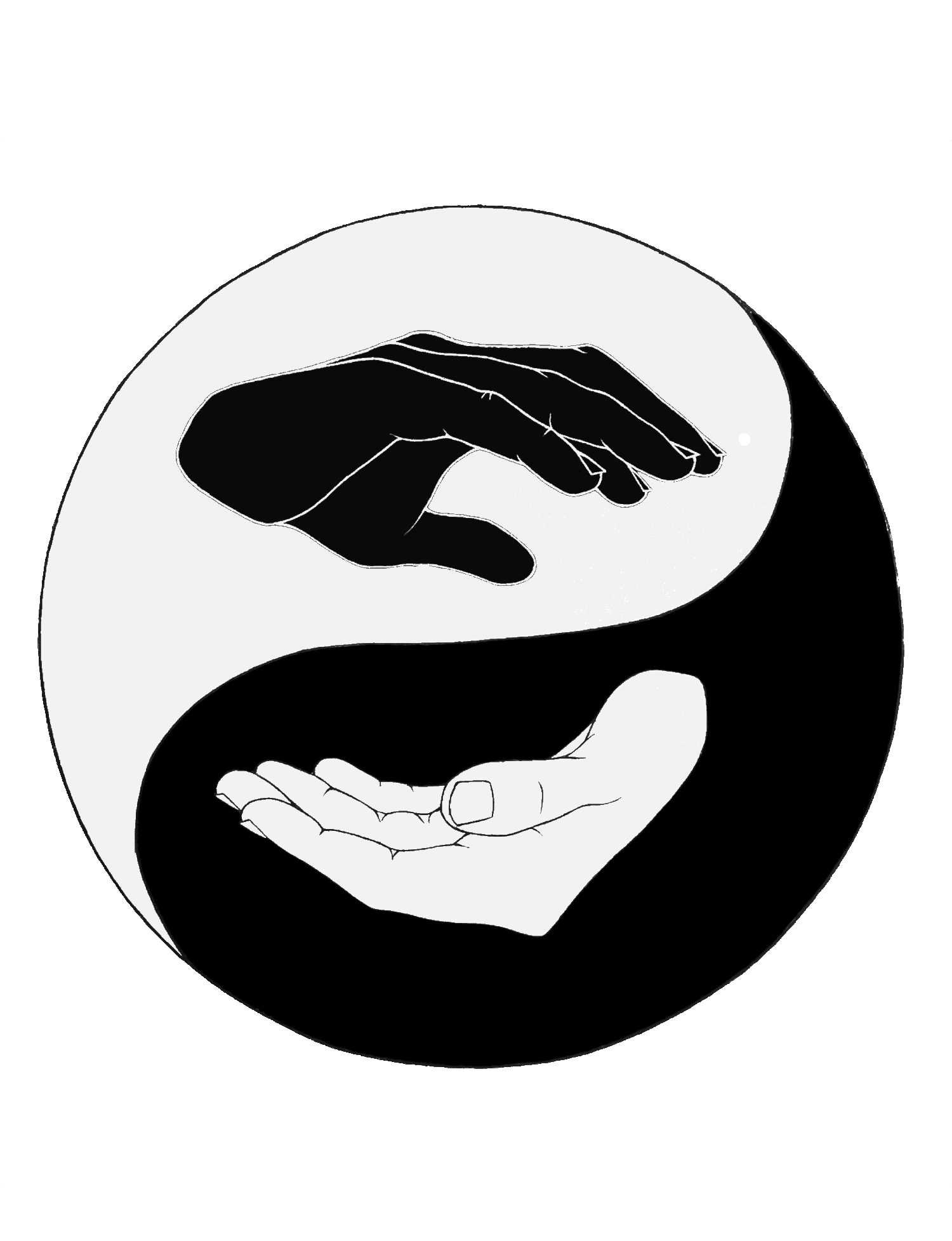Is Dry Needling Acupuncture?
Short Answer: Yes. All dry needling is acupuncture, BUT not all acupuncture is dry needling.
Acupuncture is mysterious in its mechanism of action, how it actually works.
Is it targeting trigger points in muscles? Yes.
Is it targeting innervation points into muscles? Yes.
Is it targeting influential points along traditional meridians? Yes.
Are these sometimes the same thing? Yes.
Palpation, feeling/ touching the area of pain, is a vital step in an acupuncture treatment. When I palpate a patient I’m feeling for muscle tone or atrophy, movement or immobility, and reported sensitivity - often asking, “Is this tender?”. Acupuncturists will use points on traditional meridians that are along the pathway of pain and points that are simply called “Ashi”. Ashi literally translates as “Ah yes!” - the place where the patient is feeling the most sensation when pressed. The practitioner will then needle that point, which is often into active trigger points. Because acupuncture recognizes the interconnectivity of the whole body, we combine local and Ashi points with distal points in other areas of the body to relieve pain.
What is Dry Needling?
As defined by the Mayo Clinic, dry needling is a pain relief technique that involves inserting thin needles into a muscle’s trigger points to treat pain and movement issues. Sound familiar? Dry needling is a style of acupuncture using only Ashi points.
What’s a Trigger Point?
Trigger points are defined as areas of muscle that are painful on palpation and are characterized by the presence of taut bands and the generation of a referral pattern of pain. Trigger points and Ashi points are the same thing.
Why does my Physical Therapist want to dry needle me?
Because acupuncture works. That’s it. Dry needling is the “western medical” translation of orthopedic acupuncture.
Why not just refer patients to an Acupuncturist?
Not all Acupuncturists use Ashi points in their regular treatments, although the majority of practitioners will include them. There is also a huge stigma around acupuncture because we can’t always explain exactly why it works and the system it is born from is so foreign to modern western culture. There is a wall of suspected pseudoscience that is blocking a lot of folks from getting relief from their pain. By simply rebranding it as “dry needling” it is actually making it more accessible to the general population.
Another reason, I’m sorry to say, is that there is a belief that Acupuncturists are inferior medical providers. In reality, acupuncture training is between 3-4 years of post-graduate study and clinical experience. Yes, it is the same amount of time in school as a Physical Therapist or a Medical Doctor. I digress.
In conclusion, Acupuncture is dry needling and then some. It is a system that is thousands of years old steeped in the art of palpation and observation. If you’re curious about dry needling and if it can help you, I urge you to contact your local acupuncturist and ask a professional.

